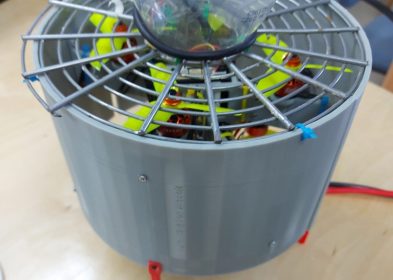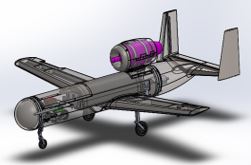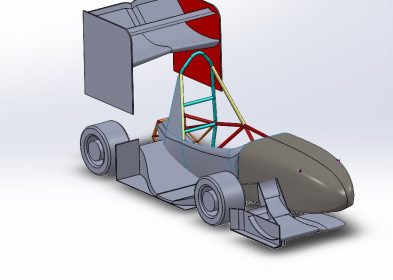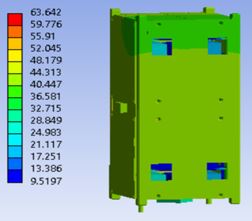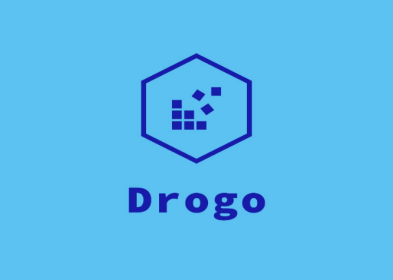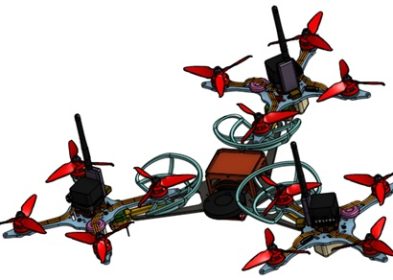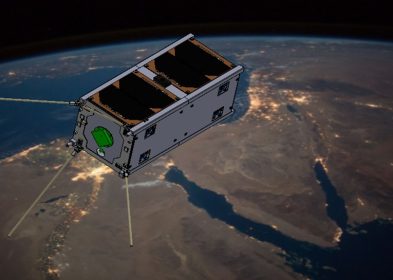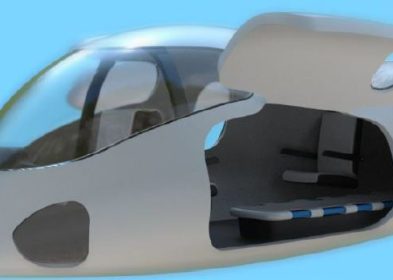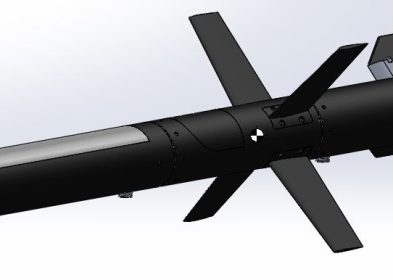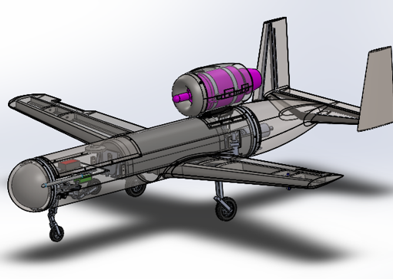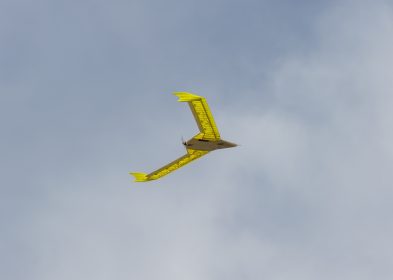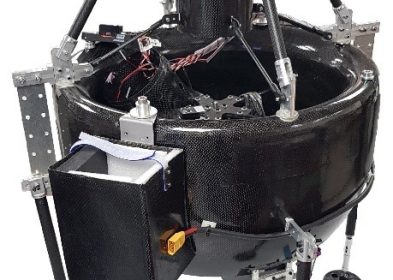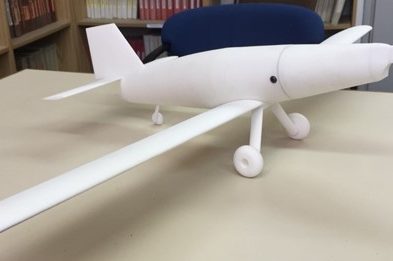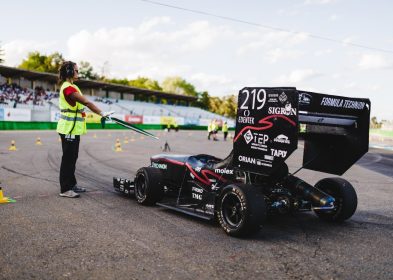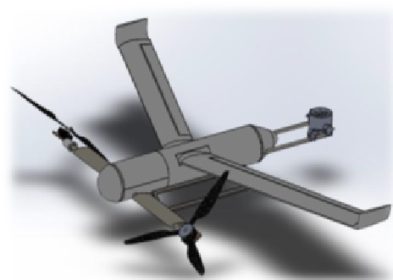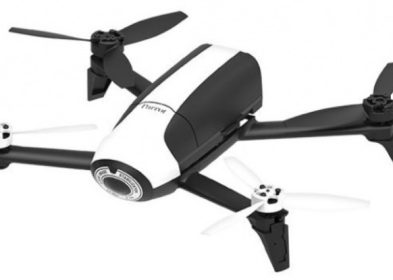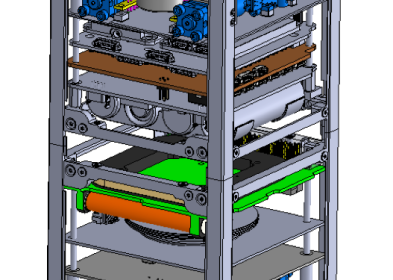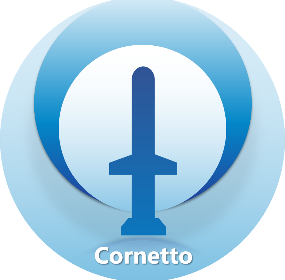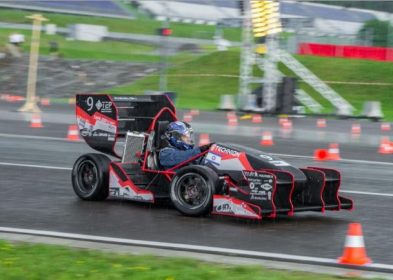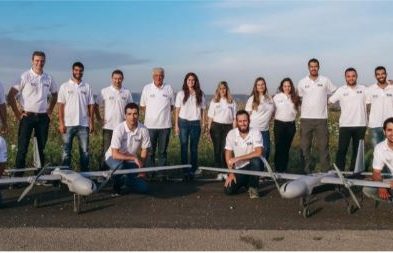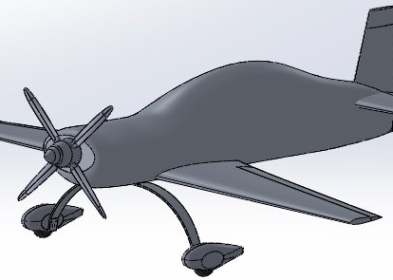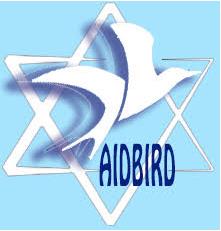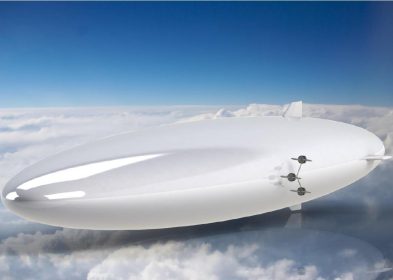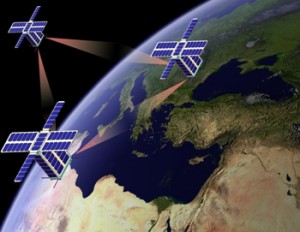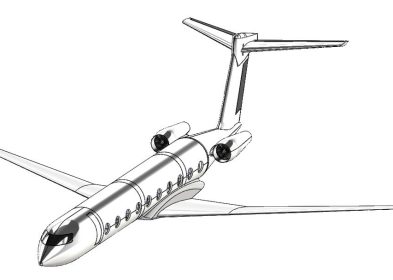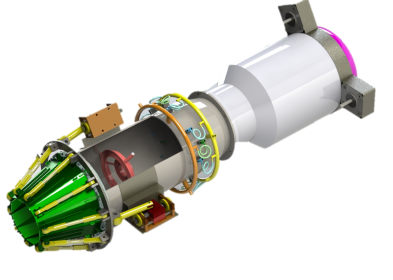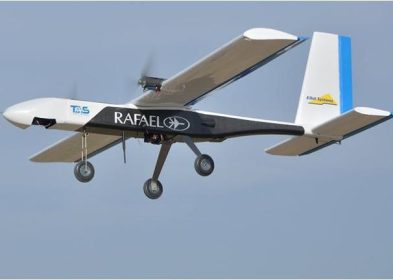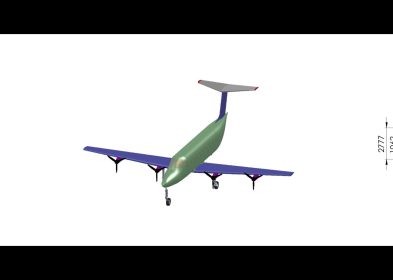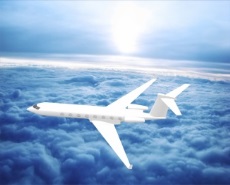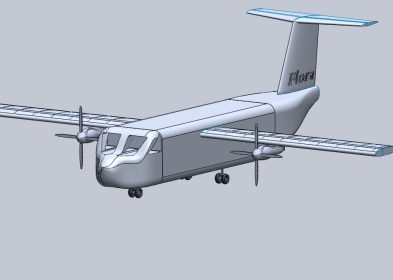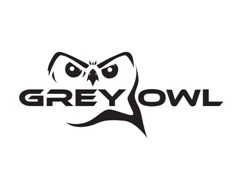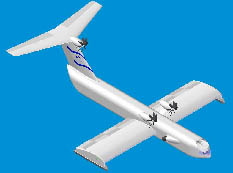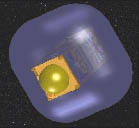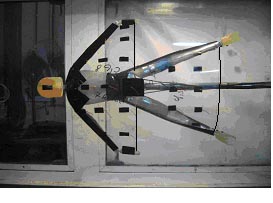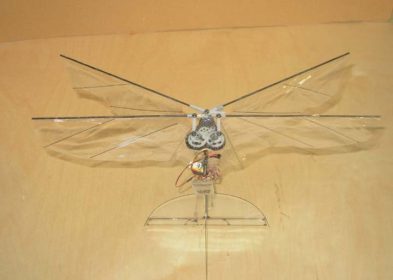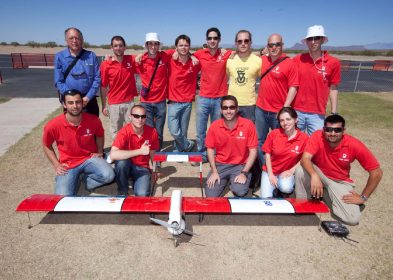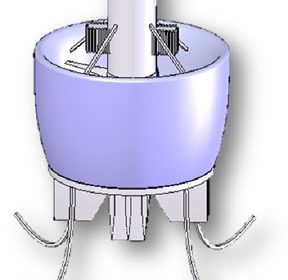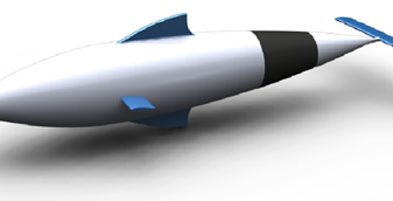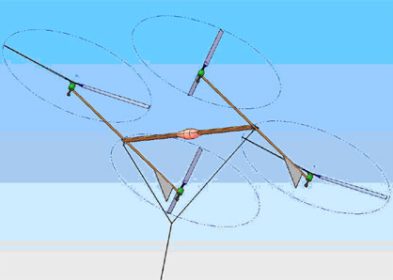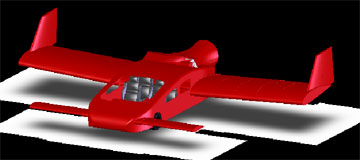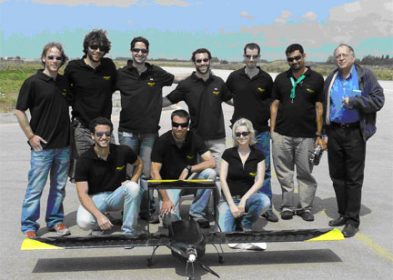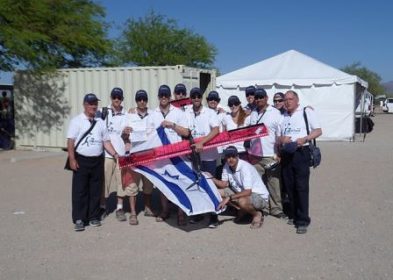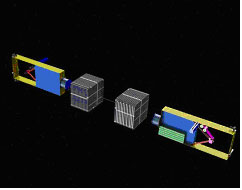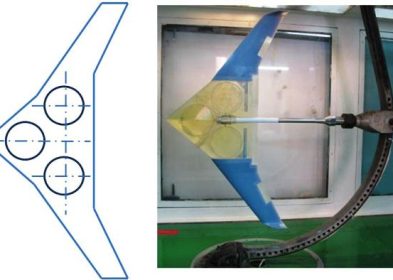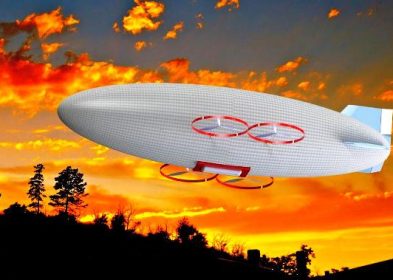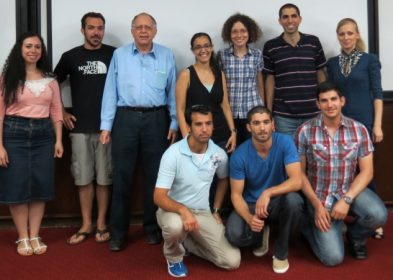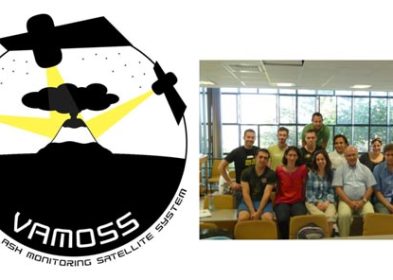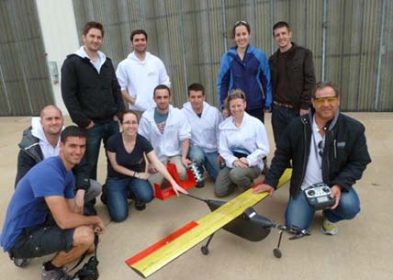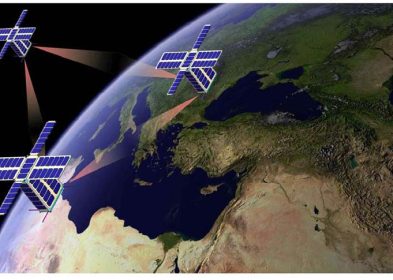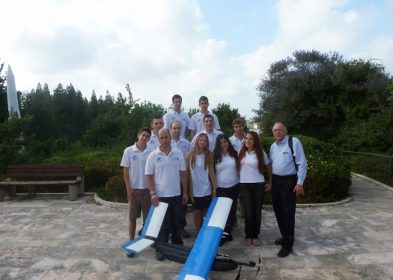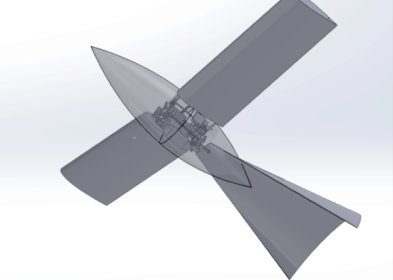“Harvey” is a students’ final project in the Faculty of Aerospace Engineering in the Technion. The project was supervised by Tevel Aerobotics, and its goal was to design a fruit picking drone with the following main requirements: diameter of 20[cm] and height of 20[cm], continuous fruit-picking, ability to carry weight of 200 – 1000 [g], survivable structure in an orchard environment.
Aeolus is a 4 years project dedicated to the complete design of an autonomous, jet propelled UAV. The team is made of students during their last year of studies towards B.Sc. in Aerospace Engineering at the Technion.
the object of the system is to carry the glider with the quadcopter then releasing it to glide for 20 kilometers, performing a tracking mission and then coming back with an engine to the home point.
Formula Student is an international competition where students from each university design and build a race car and compete with it annually. The project is divided to several teams, the goal of the aerodynamics team is to design the aerodynamics of the vehicle and optimize its performances.
The DriveSat is a 2U Cubesat satellite which is developed by fourth-year students and led by the Technion and Asher Space Research Institute.
The project engages in the design, development and production of an aeroelastic technology demonstrator for future research of aeroelastics.
The aim is to develop an aircraft capable of front observation and image transmission for naval forces, combining the ability to take off and land vertically from a deck, make a transition to fly forward at speeds of up to 50 meters per second, and a half-hour hovering above destination.
Formula Student is an international competition where students from each university design and build a race car and compete with it annually. The project is divided into several teams, the goal of the aerodynamics team is to design the aerodynamics of the vehicle and optimize its performance.
DriveSat is a student satellite project that aims to demonstrate two advanced CubeSat technologies: an electric propulsion system based on the inline-screw-feeding vacuum arc thruster (ISF-VAT) Fig 2, and a hard-disk drive momentum wheel (HDD-MW) Fig 3. In this second year of this project the team has made great progress towards the realization of the mission. Major strides were made in verifying compatibility of the experimental thruster and the on-board computer (OBC). Other team members focused on the mission profile and in orbit experiment design. The control team has created robust attitude determination and control algorithms for different flight stages. And the structural team has verified that the satellite will operate correctly under launch and orbit conditions.
In recent years there has been a massive growth of metropolitan cities all over the world. As a result, there has been an increase in traffic and congestion on the roads, leading to a demand for urban air vehicles. An urban plane that takes off vertically is no longer a dream.
Design, Build and test an educational experimental missile for research, test and demonstration of missile technologies.
Aeolus project is a four-year multi-disciplinary project conducted by senior undergraduate students of the faculty of Aerospace engineering in the Technion – Israel Institute of Technology, in full collaboration with MAFAT & Rafael.
The project’s ultimate purpose is to design and bring into flight the capability of a fully autonomous, jet-powered UAV.
The “Aeroelastic Wing” project A3tb Active Aeroelastic Aircraft Testbed, deals with the development, realization and demonstration of aeroelastic capabilities and the construction of demonstrator that can be used as a platform for future research in the field for the client, Prof. Daniela Rave.
As part of the final project, conducted by undergraduate students at the Technion’s Faculty of Aerospace Engineering, the design of a drone was carried out to fit the demands and specifications of The Administration for the Development of Weapons and Technological Infrastructure. The chosen configuration is a ducted fan – a single rotor within a rigid duct. A demonstration, scaled-down vehicle was designed, manufactured and controlled, and a series of experiments and test flights carried out, terminating in a secured, free flight.
The following project presents the design and development process of an Unmanned Agricultural Aerial Application Aircraft. The project was supervised by Mr. Shemer Slav and with the generous help and advise of professionals such as Mr. Oren Eshet – An IAA test pilot, Mr. Nir Lapidot, a “Chem-Nir” chief fire-fighting pilot and Mr. Yinon Bahat – a “Chem-Nir” chief Agricultural Aerial Application pilot.
Formula Technion project started off as a student initiative in 2013. Each year the team designs and builds a new race car according to the FSAE regulations and participates in prestigious international competitions with other university teams from around the world. It is the biggest Technion’s student project (avg. of 50 students each year), comprising of young engineers from various cultural and academic backgrounds. The project integrates classroom concepts with real world applications, providing students with an unmatched opportunity to develop skills in engineering, manufacturing, and leadership. Since 2016 Aerospace students started carrying out this project as their final one.
As part of a final project in the Bachelor of Aeronautical and Aerospace Engineering at the Technion. The aim of the project is to develop an aircraft capable of front observation and image transmission for naval forces, combining the ability to take off and land vertically from a deck, flying at speeds of up to 50 meters per second, and a half-hour destination. All this while carrying a beneficial cargo of up to 3kg and transmission capabilities to the operator.
Firefly is a senior final project which took place in the Aerospace engineering faculty, The Technion. Its main goal was to design an autonomous cooperative drone swarm for flame detection in open fields, based on the Israeli fire department requirement to increase the efficiency for those scenarios.
DriveSAT is a final project developed by a team of fourth-year undergraduate students at the Technion’s faculty of Aerospace Engineering, supervised by Mr. Jacob Herscovitz. The eventual product is an experimental 2U CubeSat nanosatellite intended to demonstrate and provide heritage for a newly developed plasma propulsion technology and a novel momentum wheel system, with all non-experimental components purchased off-the-shelf.
This missile is designed to be a reusable platform for testing and studying different guidance systems inside the missile and tracking systems on the ground.
AEOLUS is a multidisciplinary, three-year long design project, conducted by senior undergraduates of the faculty of Aerospace engineering in the Technion. The project is in partnership with Rafael and MAFAT. The purpose of the project is to provide proof of concept of a fast, autonomous, unmanned, jet powered aerial vehicle. In the first year, the participating students conducted a thorough initial design of the platform with emphasis on all its essential subsystems. This initial design phase included a wind tunnel test with a printed model, as well as several engines tests on two small, turbo-jet engines from the AMT Netherlands company (Pegasus and Olympus) differing in diameter and thrust.
A groundbreaking project in aeroelastic research. The goal of the project: development and implementation of a technology demonstrator that will serve as a platform for future research in demonstration of aeroelastic abilities. Multidisciplinary design was performed throughout the first year, including propulsion, control, and structure design for the platform in a flying wing (no tail) configuration based on Lockheed Martin’s BFF. The structure was designed for 3D-printed manufacturing, and the highlight of the year was the premiere flight in June 2019 according to the requirements of the Civil Aviation Authority.
The Technion Aerial Systems team, composed of students from the faculties of Aerospace, Electrical, Civil and Industrial Engineering, carried out the design, manufacture, flight testing and field deployment of an unmanned aerial system for search and rescue tasks, ranking high in the competition held in Maryland.
The Formula Student Technion 2017 Project is the largest of all student projects at the Technion, counting almost 50 students from various faculties, who design,
manufacture and compete abroad in the international Formula Student league.
This is a summary of the work conducted by the Technion Aerial Systems (TAS) team for the AUVSI Student UAS Competition 2017.
The following project is about the characterization and design of an aerobatic aircraft meant to participate in aerobatic displays.
The medical supply UAV project arose following a request from Dr. Din Nachman, a Medical Officer, with the purpose of finding a solution for delivering a large amount of medical equipment for military units with casualties, without endangering air crew members and in minimum time.
In the past few years, an increase in production of electricity from renewable energy sources has been observed. One of the known efficient ways to generate such energy is by use of wind turbines.
The logistical support UAV is a project created to fill holes in the military supply chain. The projects goal was to experiment and participate in a feasibility study and conceptual and preliminary design of an existing problem.
Space Autonomous Mission for Swarming and Geolocation with Nanosatellites (SAMSON) is a new satellite mission, led by the Technion and supported by IAI, RAFAEL, Elbit Systems, SPACECIALIST and other partners. SAMSON will include three nano-satellites, built based on the CubeSat standard.
Eagle’s Wings is a Micro-Satellites Air launch vehicle designed by a team of students in the Technion. The project’s goal is creating a system that enables launching and orbit insertion for micro-satellite using an airborne aircraft.
Technion Students placed second in the prestigious Student Unmanned Air Systems (SUAS) international Competition.
This project deals with the conversion of a “Large Cabin” business jet into a regional airliner. The platform chosen for the conversion is the ABJ-100 business jet, which was also developed in a student’s project, in the faculty of aeronautical engineering at the Technion (during 2013/14). The new aircraft was dubbed ARJ-100 (Advanced Regional Jet).
The objective of the Afterburner and Vectoring Nozzle project was to experience the process of designing, building and proofing of both products.
A joint team of students from the Aerospace Engineering and Computer Science departments under the guidance of Mr. Dror Artzi has developed an airborne system that carries out reconnaissance mission, targets acquisition, communication and dropping payloads on ground target, all completely autonomously. The system participated in the Annual Students Unmanned Air Systems (SUAS) Competition that took place in Webster Field USA on June 2014. The competition was organized by the Association for Unmanned Vehicle Systems International (AUVSI).
U.E.S.A is a utility ESTOL (Extremely Short Take-off & Landing) aircraft designed by a team of students in the Technion. This project is an attempt to take advantage of the USB (Upper Surface Blowing) effect which was studied by NASA in the late 60’s and data regarding the increase in lift (up to CL=8) for 4 turbo-prop engine configurations which is available in those reports. The goal was to reduce the required takeoff and landing range by increasing the maximal lift. Other challenges introduced in this project were the requirements for an environmentally friendly aircraft which uses electrical energy and has a low sound signature.
Advanced Business Jet Project is a project that is meant mainly to experience a thorough air vehicle design, from the conceptual design phase to the advanced and detailed design phase.
Flora is a Cargo Plane and its main mission is to transfer Agricultural Cargo as fast as possible while taking into consideration shipping costs and trying to maintain minimum cost at maximum speed. To stand with the requirements of the project, we received some “Initial Conditions” and limitations from the moderator.
Samson, named after the biblical hero, is a heavy transport wing-in-ground-effect aircraft designed by a team of students
The object of this project is to design a micro-satellite using hyperspectral wide field imaging for exploring marine and coastal environments.
The scientific objective of the student project LUNGRA (LUNar GRAvity) is the precise mapping of the lunar gravity field, based on satellite-to-satellite tracking. In view of the renewed interest in lunar missions there is a great interest in mapping the lunar gravity field and understanding its mass anomalies.
The objective of the team was to design and build a small uninhabited aerial vehicle (UAV) to be used as an In-Flight Simulator (IFS).
The team participated in the Design-Build-Fly (DBF) competition, organized by AIAA which took place at Webster Field, St.
The projects aim was to design, build, and test and fly a solar powered unmanned aerial vehicle (UAV) with the final goal of breaking the world record for flight distance under certain limitations.
The competition took place on April 21st 2006, at Cessna Aircraft Co. in Wichita, KS, USA. The team was required to design and build an aircraft in about six months taking into account the limitations laid down by the DBF competition management.
IKARUS – is a reusable manned aerospace vehicle for civilian and tourism use. It is designed to reach space limit altitude, and cover a significant ground distance within less than an hour.
Stereoscopy in space is the spatial 3-D or “stereo” observation of related 2-D images, showing the same object under different viewing angles.
ClockSat is a nano-satellite designed to perform in orbit tests and checks, thus granting the atomic clock space qualifications.
The goal of the project was to design a canister launched UAV with high payload to MTOW ratio and with long endurance. Its unique set of properties places it in the global market.
Today one of the most interesting and constantly developing fields of turbo-machinery is micro-jets. In spite of the micro size industrial projects usually last years and require a large team of experienced engineers.
The heliosinchronous autonomus microsatellite Terra-SAR escorting and recording
(HAMSTER) project is a very small satellite, composed of off the shelf parts only and weighs only 75 kg, the estimated cost including the launch is 4.1 M$.
“…the sky is surely open to us… Minos rules everything, but he does not rule the heavens…”
Tetra-Ptera is a flapping winged MAV designated to fly in low speeds and indoor areas, and is capable of carrying a camera as a payload.
Tech-Away, the Technion – Israel Institute of Technology’s entry in the 2008-2009 AIAA Design/Build/Fly competition, in Tucson, Az. The goal of the design was to maximize the competition score, which is a combination of the report score and total flight score.
A jet engine has been designed based on a list of requirements from the client.
The main if which were: the limitation on the exterior diameter that shall not exceed 210 mm, a minimal thrust of 845 N and a maximum specific fuel consumption
of 0.12236 kg/(N×hr).
Our mission was to design a space elevator, including all of its subsystembs.
IRENA is a concept of regional navigation system based on a formation of a mother satellite and four small daughter satellites in GEO.
Ducted fan vehicles can hover but also perform inflected cruise at high speeds. The preliminary design has to begin from the basic physics in order to get an optimized vehicle design, for a given requirement.
AKKA is a surveillance system that consists of a HALE UAV. The UAV becomes airborne by a large cargo plane, which delivers it to its target area. Upon arrival, the UAV deploys its wings and ascends to the desired height and conducts an 80 hour surveillance mission
This project deals with an educational scheme concerning design of the cooling method of a turbojet engine turbine rotor of.
One of the main fields in the satellite business is Little LEO Messaging Services. A possible use for such systems is automated meter reading – collection and distribution of small portions of data from various sources over large areas
Our goal was to design a mechanical fish that is capable of swimming at 5 body lengths per second. Not many aquatic animals have been adapted to reach this speed
Both world aspiration for an ecological, clean environment and a constant rise in fuel prices increase the demand for “green renewable” energy. Wind energy is one of the biggest sources of it.
“Flying Susita” is a Flying vehicle planned to carry 4 passengers in it. It reaches cruising speed of 215 km/h, maximum speed of 253 km/h and travel speed of 160 km/h, when in single gas refueling it travels 400 kilometers/flies 600 km.
BATMOBILE is a project Designed Built and Flown within the framework of the Technion Aerospace Engineering Faculty design project. The project is subjected to limitations dictated by the AIAA/Cessna/RMS Student Design/Build/Fly Competition.
DBF (Design Build and Fly) is an annual competition, held in the US and conducted by AIAA. Every year, a new set of rules is published, trying to simulate real life scenarios that future aeronautical engineers will deal with in their career.
A growing swarm of ~15,000 pieces of large debris in are being tracked by NORAD radars. Such a cloud of debris would prevent any future launching of new spacecraft
Project objectives: To design a cost-effective system capable of autonomously locating people in distress in oceanic surroundings and relaying their distress signal and location immediately to rescue forces.
SAMSON– Space Autonomous Mission for Swarming and Geolocation with Nanosatellites is a satellite mission led by the Technion, supported by the Israeli space industries and integrated with student teams.
The project’s objective is to design an unmanned aerial vehicle (UAV) following the next requirements.
The Ghost Glider is a UAV designed to deliver a supply crate of up to 1 ton over a gliding distance of 75[km] and a drop altitude of 7[km].
The “FIFA” system (Fire – Fighting Airship) is a remote controlled heavy lift airship which is designed to help fight forest wildfire. The “FIFA” system can operate 24 hours a day and can carry 20 tons of water and fire retardant.
Today the flight industry contributes 2% of the world’s carbon emissions. Till 2050 it is expected to get up to 3%. This paper presents the solution for the problem – the design of a 50 passengers electrical motorized aircraft – D2R. Creating a new innovative, multi discipline and feasible design
The VAMOSS project (Volcanic Ash Monitoring Satellite System) was designed to give scientists and policy-makers information about the movement of volcanic ash clouds during volcanic eruptions. The ash clouds during the eruption of the Icelandic volcano Eyjafjallajökull in April 2010 closed airspace in over twenty countries in Northern Europe. The economic damage was estimated at 5 billion US dollars. Volcanic eruptions on a similar scale occur every few years at various locations around the world. The VAMOSS system provides worldwide coverage of volcanic ash cloud progression, using three LEO satellites. During a crisis, governments and airlines can receive updated and reliable information, enabling more exact assessments regarding the level of danger to aircraft in particular areas. Determination of dangerous or forbidden flight zones can be carried out in real time, changing with the progression of the event. Rapid determination of dangerous flight zones can significantly reduce estimated economic damage. The total estimated cost for the project, including launching all three satellites into orbit, is $600 million (US). The mission duration is five years.
The CAESAR project began in 2010 as a senior student satellite project. The first team of students designed a 48 satellites constellation with the goal of locating individuals in distress in oceanic surroundings around the world. Following the success of CAESAR 2010-2011, the Technion decided to launch a three satellite demonstration mission lead by the Distributed Space System Lab (DSSL) and supported by IAI, RAFAEL and other partners. The mission is planned to launch in 2015 with the CAESAR team as an ongoing contributor to the various tasks of the mission.
The “Birdinator” project’s main goal was to understand the mechanics of a bird’s flight in nature in order to later design and build an artificial bird, resembling a real bird as much as








